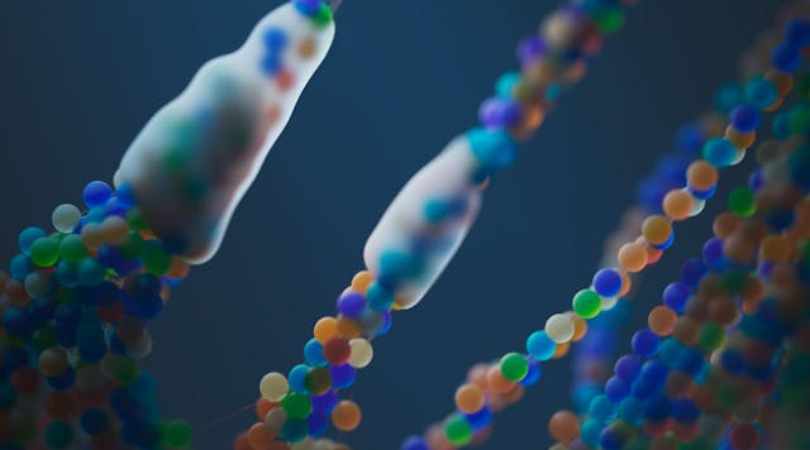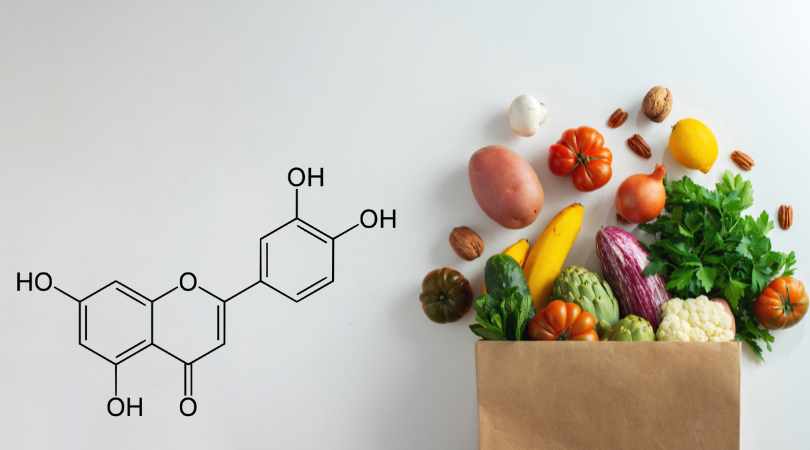Limited Quantities Available! Order Today and Enjoy Free Shipping on Orders Over $100!
Scientists Restore Lost Uricase Enzyme — and Reverse Fructose-Driven Fat Formation

A breakthrough study confirms that controlling uric acid is the key to reversing metabolic slowdown.
A Major Milestone in Metabolic Science
Researchers at Georgia State University have achieved something remarkable: they restored the lost uricase enzyme in human liver cells — and in doing so, completely stopped fructose from turning into fat.
The study, published in Scientific Reports (Balico & Gaucher, 2025), used advanced CRISPR gene-editing to insert a working uricase gene (an enzyme most other mammals still have) into human liver cell models. When these modified cells were exposed to fructose, they maintained normal energy levels and produced virtually no triglyceride buildup.
In other words, when uricase was active, the fructose-to-fat pathway shut down.
Why Uric Acid Matters?
Fructose doesn’t behave like glucose.
When you eat fructose, the enzyme fructokinase quickly converts it inside the liver — burning ATP and generating uric acid as a byproduct. That surge in uric acid sends a powerful metabolic signal:
Slow down, store fat, and conserve energy.
This “survival mode” was useful in times of scarcity, but today it fuels the opposite — fatty liver, insulin resistance, and metabolic dysfunction.

Humans and apes lack uricase, the enzyme that breaks down uric acid. Most animals still have it, and they don’t experience the same fat-storage response to fructose that we do. By restoring uricase, the Georgia State team effectively returned liver metabolism to its original, high-efficiency design — able to process fructose without energy loss or fat accumulation.
Direct Proof of the Fructose Pathway
In the study, uricase-restored liver cells showed:
- Sharp reductions in uric acid levels
- No rise in triglycerides, even after high fructose exposure
- Stable ATP (energy) levels inside cells
That’s direct, experimental proof that the fructokinase → uric acid → fat storage pathway isn’t just a correlation — it’s a controllable switch.
Dr. Eric A. Gaucher, co-author of the study, explained that the enzyme localized correctly to peroxisomes (where uricase normally functions) and operated exactly as it does in other species. This confirmed that the process could, in principle, function safely in living systems.
Also Read - Controlling Fructose with Diet: Admirable, but Restrictive
Why This is Exciting for Metabolic Health — and For the Sugar-free Community
For anyone working to reverse metabolic dysfunction naturally, this study is an enormous validation.
It confirms that the key to restoring metabolic balance isn’t just reducing calories — it’s quieting the fructose-uric acid circuit that locks the body into fat-storage mode.
Many people already target this pathway through:
- Fructokinase inhibition — calming the first step in fructose metabolism using natural compounds such as luteolin
- Uric acid clearance support — aiding excretion and reducing oxidative stress through tart cherry extract and hydration
- Dietary fructose reduction — limiting added sugars and sweetened beverages
This research closes the loop. It shows that whether through genetic restoration (uricase) or biochemical modulation (fructokinase inhibition), disabling this switch stops fructose from driving fat gain.
For the sugar-free community, it’s confirmation that your approach works — not just symptomatically, but at the deepest metabolic level.
The Wider Implications
High uric acid (hyperuricemia) isn’t just about gout. It’s now recognized as a predictive marker for hypertension, fatty liver, cardiovascular disease, and metabolic syndrome.
This study strengthens that connection, showing that when uric acid is neutralized, fructose loses its metabolic power.
That insight could reshape how doctors and researchers view obesity and chronic disease — not as calorie problems, but as energy-control disorders centered on a single enzyme network.
Also Read - Fructose: The Overlooked Key to Metabolic Health
What this Means Right Now
You don’t need CRISPR or gene therapy to benefit from this discovery.
Supporting healthy uric acid metabolism and controlling fructose exposure already engage the same mechanism revealed in the lab.
Practical steps that align with this science:
- Reduce fructose intake — skip sweetened drinks and high-fructose corn syrup.
- Stay hydrated — helps flush uric acid and lowers fructose load on the kidneys.
- Focus on fructokinase modulation — nutrients like luteolin naturally inhibit the enzyme that drives uric acid formation.
- Support uric acid clearance — compounds in tart cherry extract and vitamin C aid excretion and balance.
By taking these steps, you’re doing exactly what the Georgia State study accomplished in the lab — turning off the same metabolic switch that drives fat storage and energy loss.
A New Chapter in Metabolic Science
This isn’t a minor update; it’s a paradigm-shifting confirmation.
It tells us that the human body’s response to sugar isn’t random — it’s governed by a precise, reversible biochemical mechanism. And we now know how to control it.
Fructose was designed to help living creatures survive scarcity.
In a world of constant excess, we have to choose when that switch stays on or off.
This research proves we can flip it back — safely, naturally, and intentionally.
Disclaimer: The information in this blog reflects personal opinions, experiences, and emerging research. It is not intended as medical or professional advice and should not replace consultation with qualified professionals. The accuracy of this content is not guaranteed. Always seek guidance from a licensed expert before making any health-related decisions.


Chris | 🔬 Founder of LIV3 Health
⚡ A keen researcher dedicated to uncovering the root causes of metabolic dysfunction, the key driver of chronic conditions behind 70% of global deaths. His findings led to science-backed, natural solutions designed to inhibit fructose metabolism.
📢 Follow me on Reddit for insights on metabolic health and the future of wellness! -





